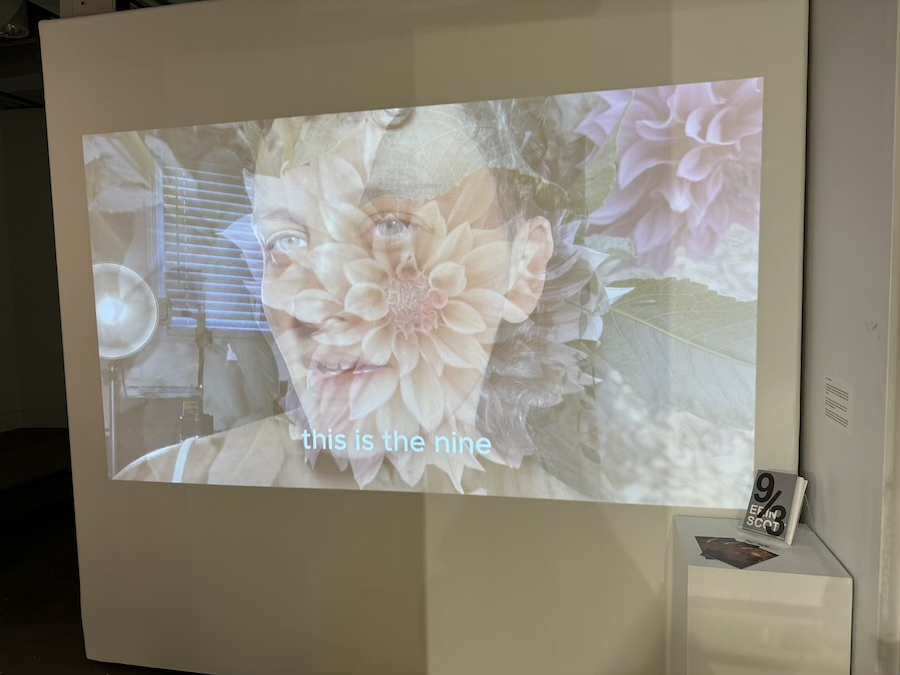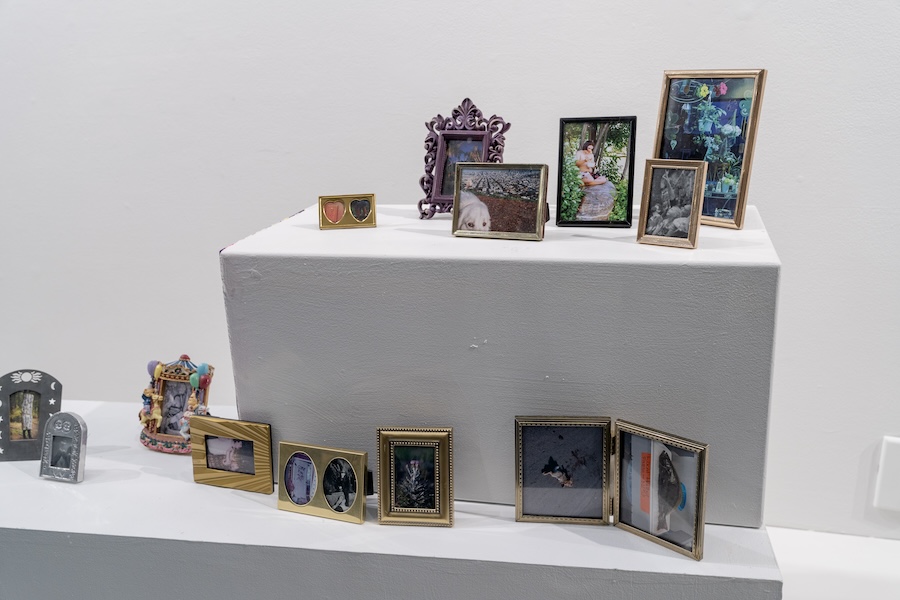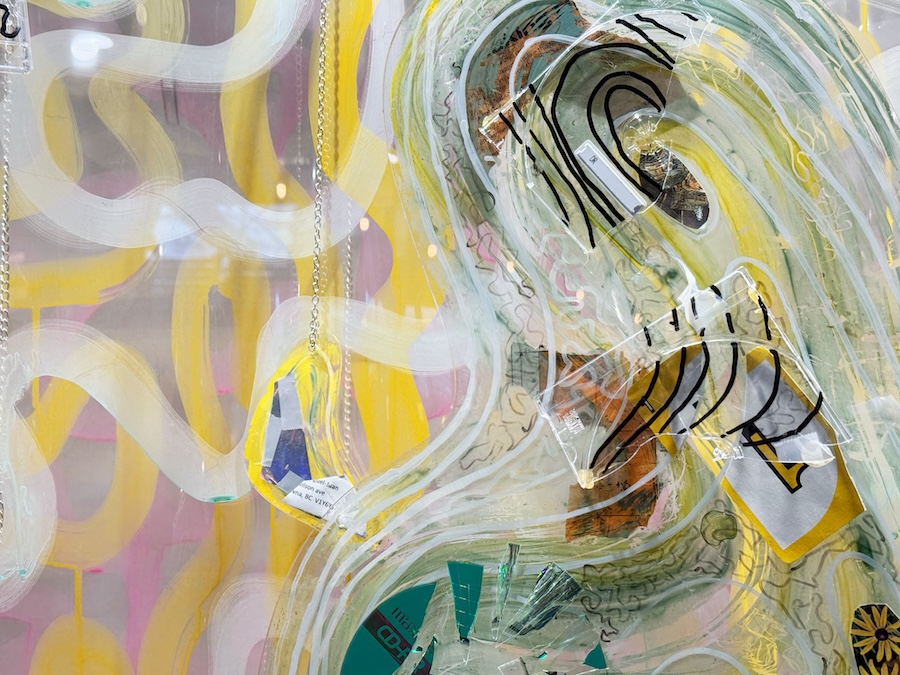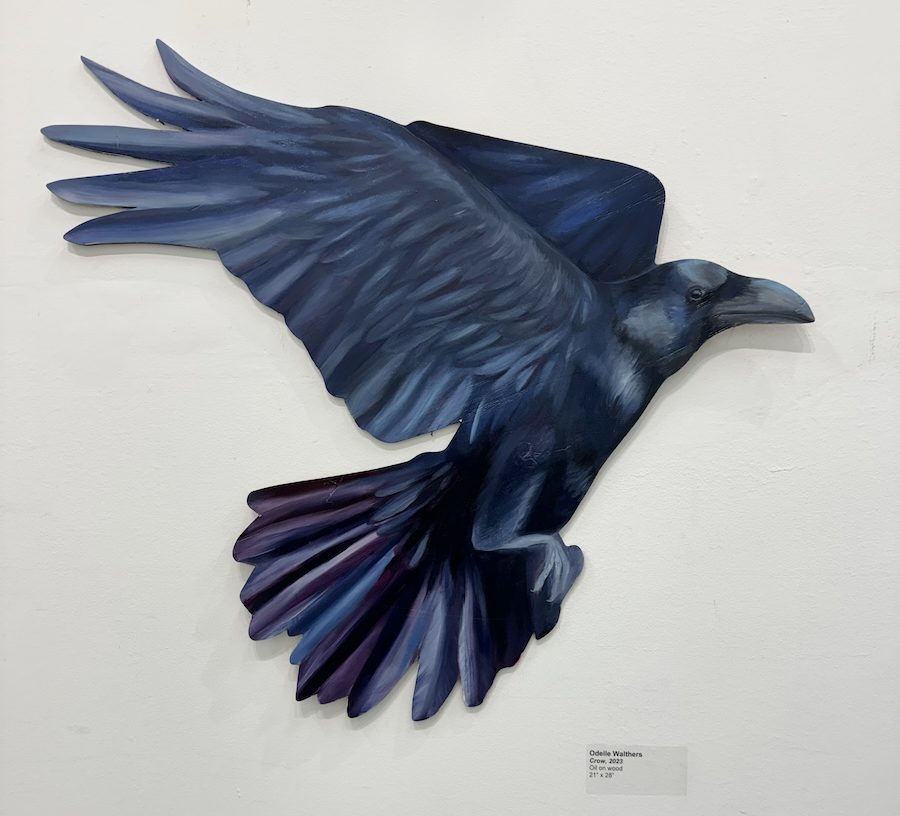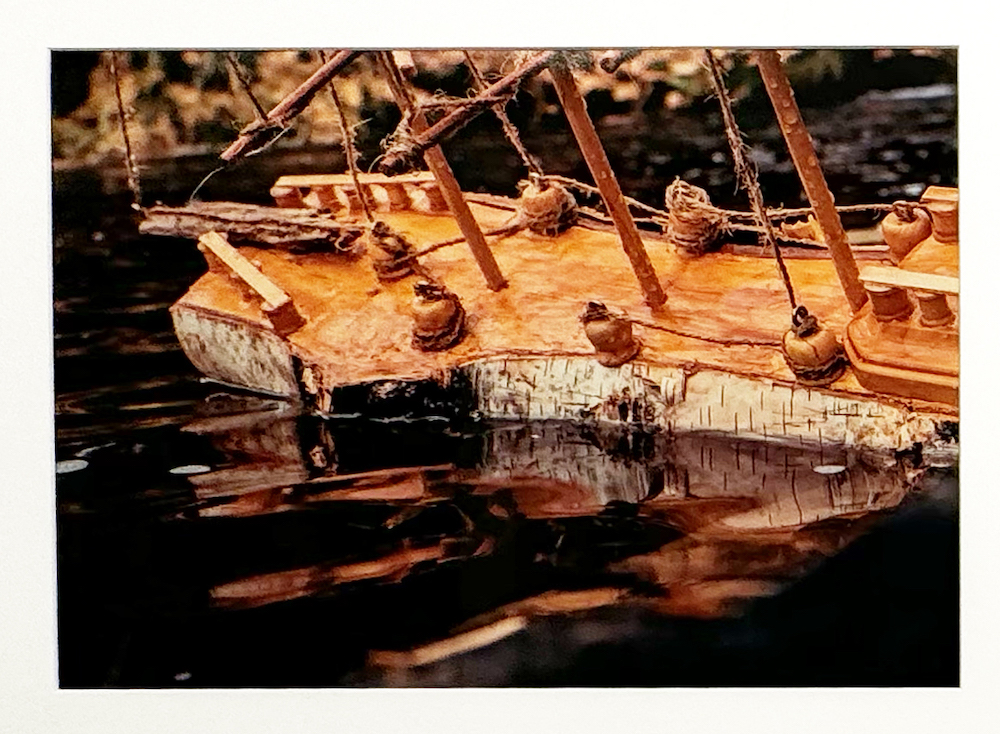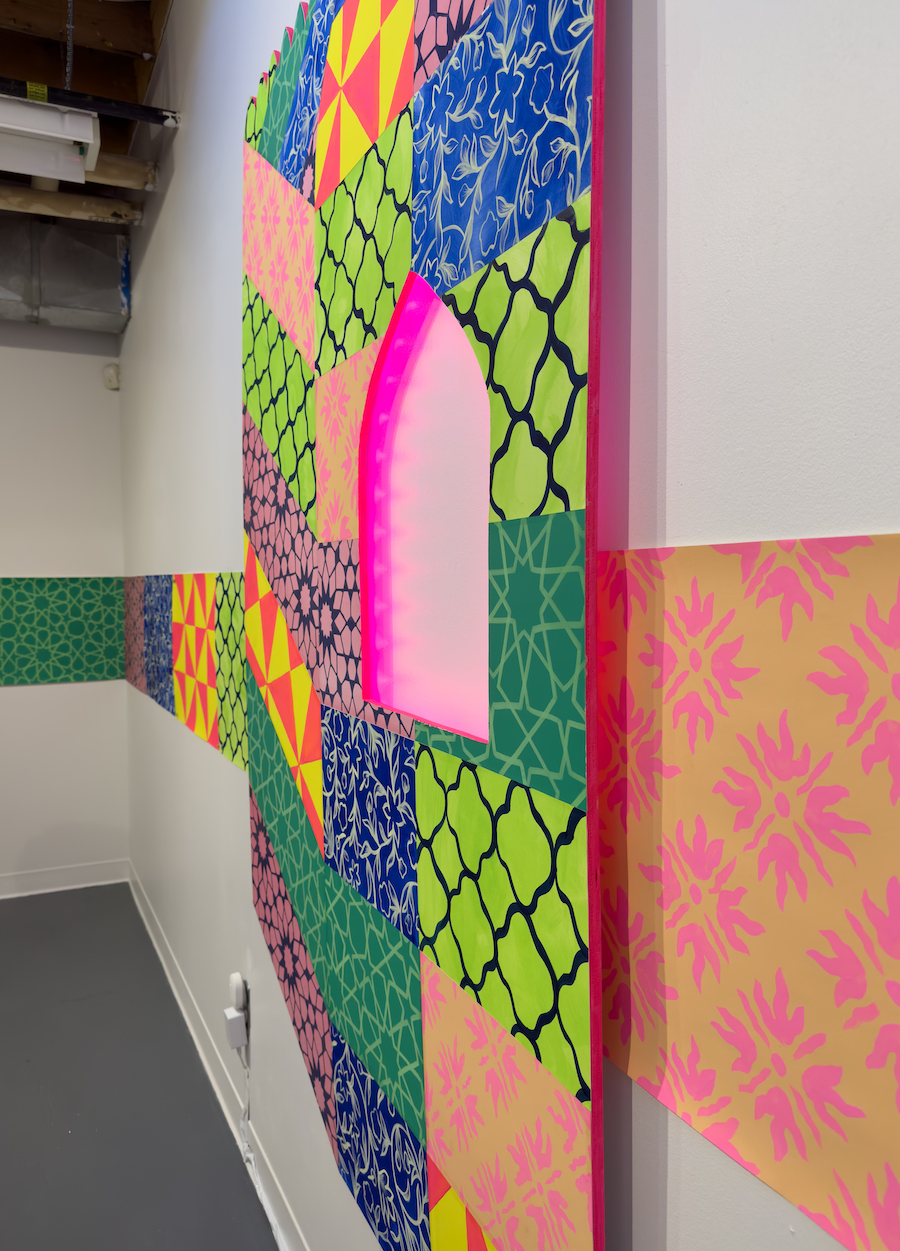Michaela Bridgemohan // Embalmed Funks
Michaela Bridgemohan is an interdisciplinary artist of Jamaican and Australian descent. She holds an MFA in Visual Arts from the University of British Columbia—Okanagan and received her BFA in Drawing (with Distinction) from the Alberta University of the Arts in 2017. Bridgemohan’s exhibition embalmed funks will be on view in the Main Gallery of the Alternator Centre for Contemporary Art...

 Follow
Follow
